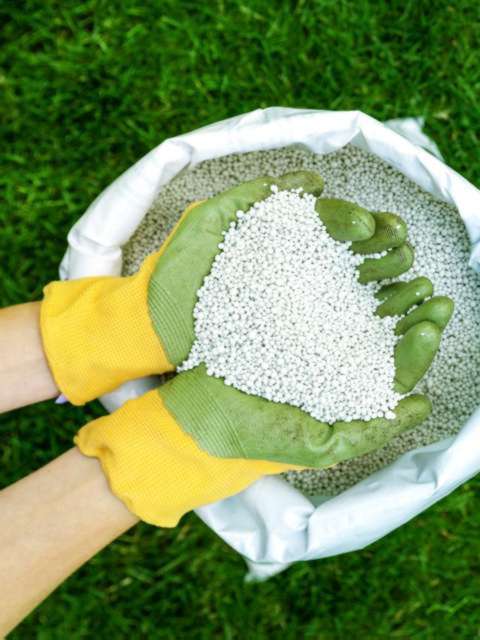
When it comes to maintaining a lush and healthy lawn, it's essential to know the best treatments and practices. A well-kept lawn not only enhances the aesthetic appeal of your home but also provides a comfortable space for outdoor activities. In this article, One Stop Lawn Care will explore the most effective treatments to ensure your lawn stands out in all its green glory.
Maintaining the ideal grass height is the foundation of a beautiful lawn. Regular mowing at the right height helps prevent overgrowth and keeps your grass looking neat and healthy. In the UK, the recommended height for most grass types is around 1.5 to 2 inches. Ensure your mower blades are sharp to avoid damaging the grass.
Feeding your lawn with the right nutrients is crucial for its health and vibrancy. Opt for a balanced, slow-release fertiliser, rich in nitrogen, phosphorus, and potassium. Spring and autumn are ideal times for fertilisation to promote growth and strengthen the grass.
Proper watering practices are key to a thriving lawn. Water deeply but infrequently to encourage deep root growth and drought resistance. In the UK, it's advisable to water early in the morning or late in the evening to reduce water loss due to evaporation.
Over time, the soil beneath your lawn can become compacted, hindering root growth. Lawn aeration involves perforating the soil with small holes to allow air, water, and nutrients to reach the grassroots. It's best done in the spring or autumn.
Weeds can quickly overtake a healthy lawn if left unchecked. Regularly inspect your lawn and remove any weeds manually. Consider using a selective herbicide for more extensive weed control.
Pests like chafer grubs and leatherjackets can damage your lawn. Keep an eye out for signs of infestation, such as yellowing patches, and address them promptly with suitable pesticides.
To fill in thin or bare areas, overseeding is a valuable practice. Choose grass seed that matches your existing lawn and spread it evenly. Water the area regularly until the new grass is established.
Dethatching involves removing the layer of dead grass and debris that accumulates on the soil's surface. It enhances air circulation and nutrient absorption. Use a dethatching rake or machine for this process.
Understanding your soil's pH and nutrient levels is crucial for tailoring your lawn care approach. You can send soil samples to a local lab for analysis. Adjust the pH with lime or sulphur as needed.
Organizing your lawn care tasks throughout the year is essential. Create a calendar that outlines when to perform specific treatments and follow it diligently.
Remember, the key to a stunning lawn is consistency and attention to detail. By implementing these treatments and practices, your lawn will thrive and become the envy of the neighbourhood. So, roll up your sleeves, grab your gardening tools, and get ready to transform your outdoor space into a verdant paradise.
Incorporate these practices into your lawn care routine, and watch your lawn flourish like never before. It's a commitment that pays off with a lush, green, and inviting outdoor space that you can be proud of.
What is the best Lawn treatment?
The best lawn treatment encompasses a combination of practices, including regular mowing at the recommended height, balanced fertilization in spring and autumn, deep and infrequent watering, aeration, weed and pest control, overseeding for thin areas, dethatching, soil testing, and following a well-structured lawn care calendar. These comprehensive steps, when implemented consistently, result in a vibrant, lush, and healthy lawn.
One Stop Lawn Care
Spring Starter Lawn Treatment
Get the season off to a great start.
More DetailsEarly Summer Lawn Treatment
Green and strong all summer long.
More Details